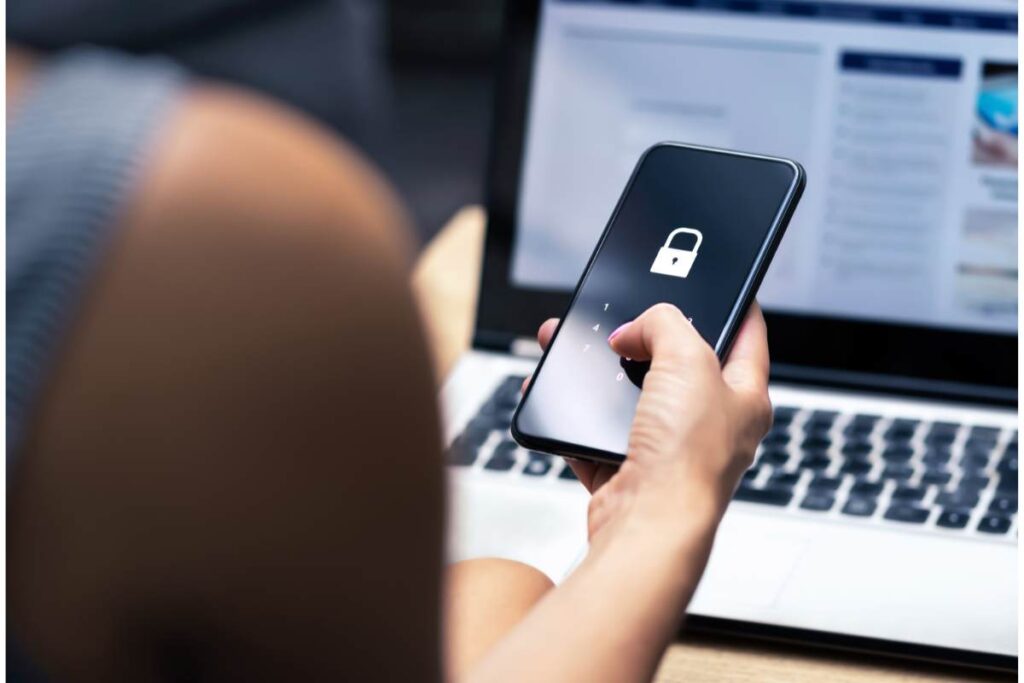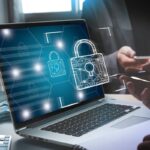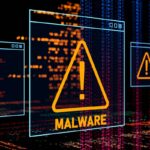Cybersecurity Tips and Techniques for Employees

The significance of cybersecurity in an era dominated by digital technology cannot be overstated. With an increasing reliance on digital platforms by individuals and businesses, the risk of cyber assaults has risen substantially. Employers must ensure that their workforce is well-versed in cybersecurity best practices because employees play a vital role in defending against these attacks. This article delves into crucial cybersecurity strategies and tactics that staff members can implement to protect their companies and themselves in the ever-changing digital environment.
Understanding Cybersecurity
Cybersecurity is the umbrella term for several procedures and policies to guard against damage, illegal access, and attacks on computer systems, networks, and data. Personnel must take a proactive approach to cybersecurity to reduce potential risks as cyber threats become more complex.
Password Management
An essential component of cybersecurity is managing passwords effectively. Each account should have a robust and unique password that staff members change regularly. Password strength is increased by combining uppercase and lowercase letters, numbers, and special characters, making it more difficult for hackers to gain unauthorized access.
Employees should also refrain from using easily guessable information in their passwords, such as names or birthdays. Multi-factor authentication (MFA) further improves security by adding another layer of verification to the password.
Phishing Awareness
Cybercriminals continue to employ phishing as a common technique to deceive people into disclosing personal information. Workers should receive training on spotting phishing attacks, which frequently take the shape of false emails or messages. Misspelled URLs, solicitations for personal information, and unsolicited attachments are common warning signs.
Organizations can run simulated phishing exercises to assess staff members’ capacity to recognize phishing attempts. Regular training sessions and updates on new tactics can help employees reduce their vulnerability to phishing attempts.
Securing Devices
Employee device security is critical as remote work becomes more prevalent. It is crucial to ensure that all devices, including computers, tablets, and smartphones, have the most recent security patches and antivirus software installed. Employees should be urged to use secure Wi-Fi networks and enable device encryption when accessing sensitive data.
Device theft or loss presents a serious security risk. Workers should report any stolen or missing devices immediately so that companies can respond quickly to safeguard confidential information.

Data Backup and Recovery
Various factors, including technological malfunctions, human error, and cyberattacks, can result in data loss. Staff members should routinely back up important data to secure offsite locations. In the case of a cybersecurity issue, cloud-based backup solutions provide a convenient and safe approach to ensure that critical data is not lost.
Organizations should establish clear procedures for data recovery, and regular efficacy tests of backup systems should be conducted. This proactive strategy guarantees a prompt reaction to any potential data loss issues and reduces downtime.
Caution with Social Media
Cyber dangers, such as phishing and social engineering attacks, thrive on social networking sites. Workers should use caution while disclosing personal or work-related information on social media. Cybercriminals frequently use personal information to create phishing scams that seem authentic or to access accounts without authorization.
Employers can implement social media guidelines that instruct staff members on what information is appropriate to publish and warn them against oversharing. Workers should also exercise caution when accepting connection requests from someone they don’t know.
Regular Software Updates
Cybercriminals often exploit outdated software as a weakness to launch attacks. It is recommended that staff members regularly update their operating systems, programs, and antivirus software to guarantee they have the most recent security updates installed.
Organizations should automate software updates to lessen staff members’ workload and reduce the possibility of human error. Creating a thorough patch management program contributes to the upkeep of a safe online environment.
Incident Reporting Procedures
Even with the best of intentions, security mishaps can still happen. Employees are essential in reducing the effects of these occurrences by reporting any unusual activity or security breaches promptly. Organizations should establish explicit incident reporting protocols to ensure that staff members know the appropriate channels for reporting security issues.
Employees can be equipped to respond appropriately and quickly in the case of a cybersecurity problem by attending training sessions on incident response practices. This cooperative approach improves the organization’s capacity to effectively manage and handle security threats.
Conclusion
Organizations continue to place a high premium on cybersecurity as the digital landscape changes. Employees must be prepared with the knowledge and abilities to secure their digital workspace because they are the first defense against cyber threats. Employees significantly improve the overall cybersecurity posture of their organizations by putting strong password management into practice, spotting phishing attempts, safeguarding devices, backing up data, being cautious on social media, updating software often, and being aware of incident reporting protocols.






